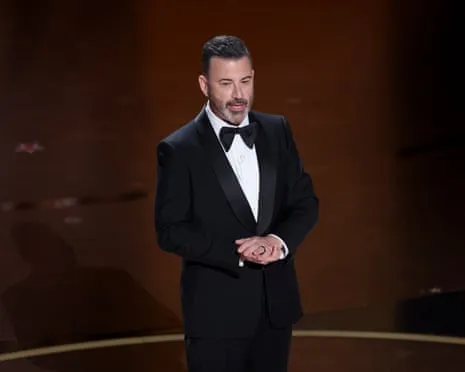
Latest
Update
Today's Top Highlights
Explore the intersection of technology and creativity through storytelling in the digital era.



What Exactly Would Jimmy Kimmel State About Charlie Kirk’s Death?
By Jennifer Moyer
•
18 Sep 2025

‘It Felt Like a Nightmare – But I Never Escaped’: What It’s Like Losing Your Best Friend.
By Jennifer Moyer
•
18 Sep 2025


The nation Preparing for Major Protest Action During Worsening Governmental Turmoil
By Jennifer Moyer
•
18 Sep 2025

Body Discovered in Vehicle Linked to Artist D4vd Confirmed as Disappeared Teenager
By Jennifer Moyer
•
18 Sep 2025

High-profile Church Figure Dismisses Gift-giving Allegations Against Ex-South Korea First Lady
By Jennifer Moyer
•
18 Sep 2025

Next of kin of the Air India crash those lost initiate legal action aviation giants Honeywell and Boeing
By Jennifer Moyer
•
18 Sep 2025


One-time Media Personality Alan Jones Pleads Not Guilty to 27 Charges
By Jennifer Moyer
•
18 Sep 2025

The Monastic Commerce Facing Examination as Controversies Shake Influential Spiritual Figures
By Jennifer Moyer
•
18 Sep 2025
September 2025 Blog Roll
August 2025 Blog Roll
July 2025 Blog Roll
June 2025 Blog Roll
Popular Posts
Sponsored News
 News
News
EU-Backed Arms Shipments Start Under ‘Purl’ Programme
 By Jennifer Moyer
•
18 Sep 2025
By Jennifer Moyer
•
18 Sep 2025
 News
News
Promoter Eddie Hearn Warns of Legal Action Targeting Chris Eubank Jr Over ‘Sabotage’ Allegations
 By Jennifer Moyer
•
18 Sep 2025
By Jennifer Moyer
•
18 Sep 2025
 News
News
Australian Media Outlet Excluded from Trump's UK Media Event Following Reporter Confrontation
 By Jennifer Moyer
•
18 Sep 2025
By Jennifer Moyer
•
18 Sep 2025
 News
News
Israeli Officials Warns of National Film Awards Following Arab Story Claims Best Picture
 By Jennifer Moyer
•
18 Sep 2025
By Jennifer Moyer
•
18 Sep 2025
 News
News
The nation tallies the toll of ‘nightmare’ blaze season
 By Jennifer Moyer
•
18 Sep 2025
By Jennifer Moyer
•
18 Sep 2025
 News
News
Censoring You in Real Time: Removal of Late-Night Host Show Ignites Backlash and First Amendment Concerns
 By Jennifer Moyer
•
18 Sep 2025
By Jennifer Moyer
•
18 Sep 2025




